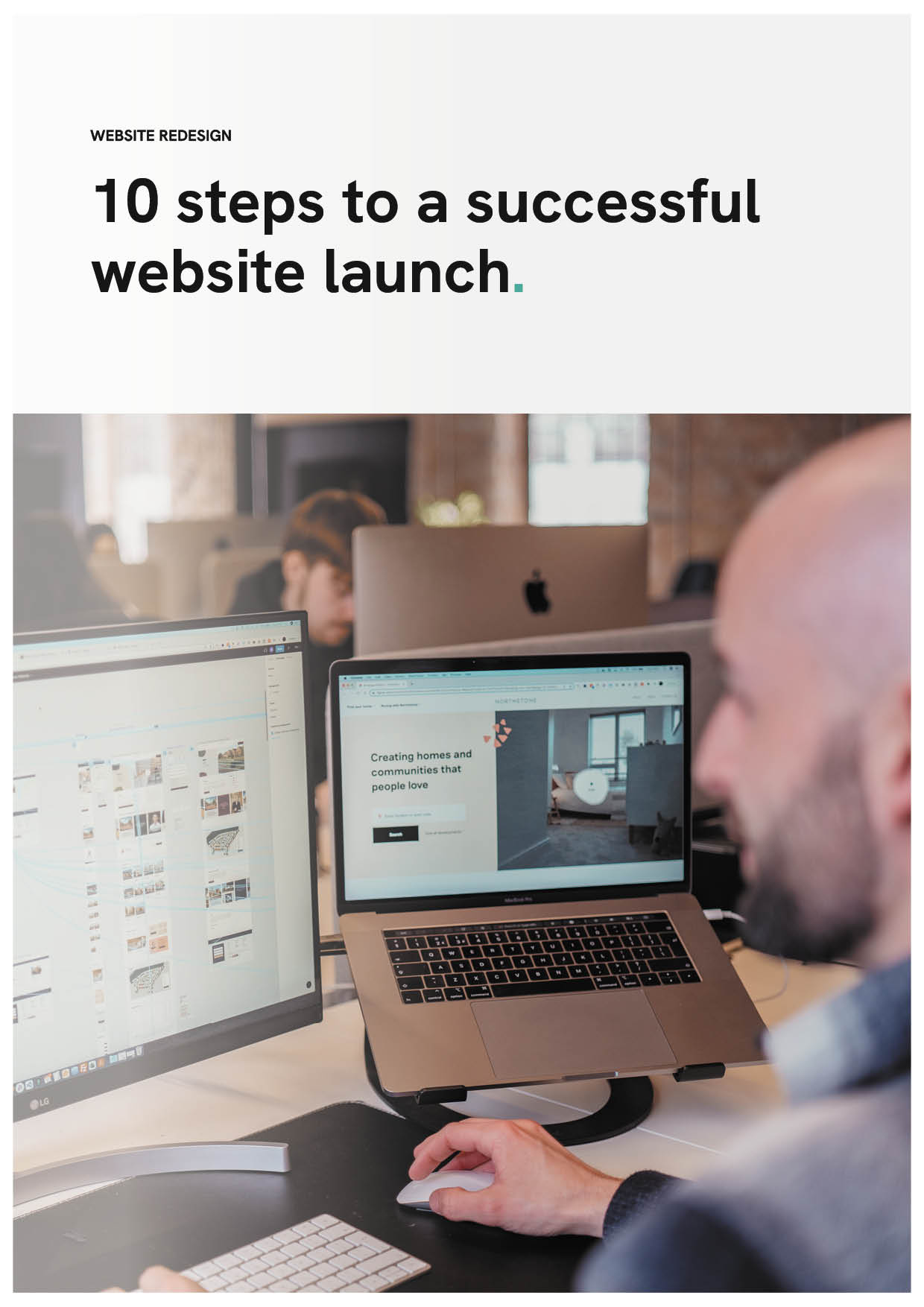The internet has transformed the way manufacturers market their brands.
Whether your business is B2B or B2C, your customers now turn to Google to find the products that will make their lives easier.
This shift has changed the shape of the marketing sales funnel – making it more important than ever to adopt an inbound marketing strategy.These five facts about the marketing sales funnel will keep you on the straight and narrow as you navigate inbound marketing in manufacturing.

1. The Funnel is a Loop
Traditionally, the manufacturing sales funnel had three stages: attracting customers, converting them to leads, and closing the sale. But the digital world has changed things.
To create a sales and marketing loop cycle you have to adjust your sales and marketing strategy.
Companies now use online data to build long-term relationships with their customers, creating a loop cycle that helps to maintain brand loyalty and grow sales.
2. You Have to Identify Your Ideal Customers
Before you can take advantage of the benefits of an inbound marketing and sales funnel, you have to identify who your ideal customers are, and where you can find them.
Your marketing team should begin by creating ‘buyer personas’ that describe the type of customers who are most likely to buy your products. Include ideal customer demographics, income, and industry background, as well as the reasons why your product can help these customers live happier, more productive lives.
Once you have clarified your ‘buyer personas’, your team should use Google’s Keyword Planner Tool to figure out what search terms these potential customers are using when they’re researching products like yours.
This information will provide valuable market insights, showing you what keywords you need to include in your online marketing content.
3. Educational Content Attracts Ideal Customers to Your Website

The next stage of inbound sales funnel marketing is developing targeted content that will attract the right type of customers to your website. This is a golden opportunity to capture potential buyers’ attention – just when they are researching the kinds of products that will match their needs.
If potential buyers find content on your website that gives them the information to solve their problem, they’re far more likely to move to the next level of the loop – considering whether to buy one of your products.
At this stage, you should avoid promotional messages. Focus on sharing informational content in how-to blogs, infographics and compelling videos that use a clear brand voice to show what your products have to offer.
Share your content on social media, focusing on the networks where your ideal customers are most likely to be. B2B customers are generally found on LinkedIn and Twitter, while Facebook, Instagram and Pinterest can be a great place to connect with B2C prospects.
4.In-depth Content Builds a Relationship of Trust
At this stage of the marketing and sales funnel, your marketing team should concentrate on providing more in-depth content that is tailored to the solutions your products can offer customers.
If you manufacture complex machinery or big-ticket consumer goods, this is the perfect time to go into more detail about how your products offer solutions to common customer problems. Content such as white papers, blog posts, informational videos and case studies build trust between you and the potential buyer.
While you are still offering content that is broadly educational, now is the time to show how your brand and your products differ from the competition, and why your company’s manufacturing know-how offers high value to your customers.
Once your audience is engaged, they will offer their contact details (e.g. email address) in exchange for further knowledge and information from your company. You can then build on this relationship of trust to move to the next stage – closing the sale.
5. Nurturing Leads Converts Interest into Sales

Once you have established a relationship of trust, it may still take a little time before your interested customer (aka lead) is ready to buy your product. This is where nurturing comes in. Your marketing team can keep your products top-of-mind by staying in regular contact with email or social media.
The content you offer at this stage can really get into the nitty-gritty of why your products are so good at providing solutions to your customers’ problems. Case studies can help leads connect with the positive experiences of other buyers, while detailed technical information in product pages can encourage leads to speak to the sales team to find out more.
Email newsletters allow you to personalise the content you send to individual leads. When you provide information that is tailored in this way, it further deepens the customer relationship and makes it more likely that your products will be chosen when the time is right.
Research has shown that 95% of buyers choose a solution provider that has “provided them with ample content to help navigate through each stage of the buying process.”
Bonus Fact: Long Term Content Strategy Strengthens Your Brand
In the past, the sales funnel ended when a sale was made. But now, with inbound marketing, this isn’t the end of the customer journey. You can take advantage of the positive relationship you have built so far by maintaining contact with your customers.
Part of this contact can be letting customers know how your products can help them in the future (up-selling). The loop enables you to support and serve your customers, turning them into brand advocates that will naturally share their delight with your products online.
At the same time, long-term nurturing offers you the opportunity to extend your brand awareness beyond the usual industry insiders. Sharing content that places your company as a leading voice in your industry and region will continue to raise your profile, making it easier to attract new customers and help your business to grow.
The new marketing sales funnel makes it easier to grow your manufacturing company and stand out from the competition.

